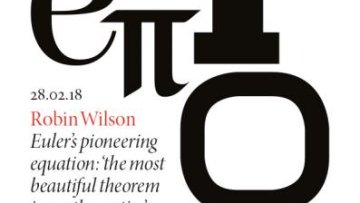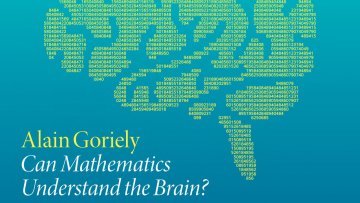17:00
Growth of groups, isoperimetry and random walks
Abstract
Answering a question of Milnor, Grigorchuk constructed in the early eighties the
first examples of groups of intermediate growth, that is, finitely generated
groups with growth strictly between polynomial and exponential.
In joint work with Laurent Bartholdi, we show that under a mild regularity assumption, any function greater than exp(n^a), where `a' is a solution of the equation
2^(3-3/x)+ 2^(2-2/x)+2^(1-1/x)=2,
is a growth function of some group. These are the first examples of groups
of intermediate growth where the asymptotic of the growth function is known.
Among applications of our results is the fact that any group of locally subexponential growth
can be embedded as a subgroup of some group of intermediate growth (some of these latter groups cannot be subgroups in Grigorchuk groups).
In a recent work with Tianyi Zheng, we provide near optimal lower bounds
for Grigorchuk torsion groups, including the first Grigorchuk group. Our argument is by a construction of random walks with non-trivial Poisson boundary, defined by
a measure with power law decay.



